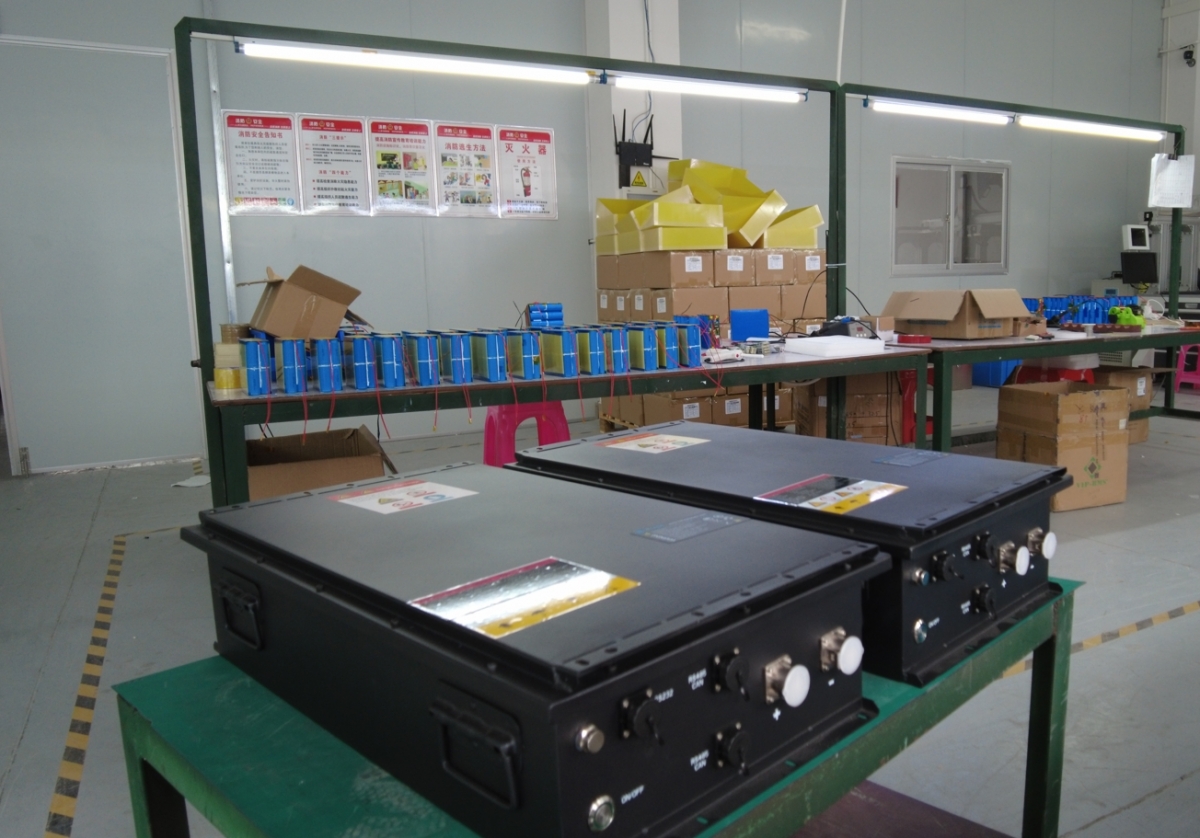- 08
- Dec
advantages and disadvantages of fuel-powered lithium batteries and lithium batteries
The advantages and disadvantages of fuel
Someone asked on the Internet: Compared with lithium batteries, what are the advantages and disadvantages of fuel cells? The following is the answer of battery practitioners.
Regarding comparative advantages and disadvantages, the premise is to use the purpose under the same premise.
First compare the similarities and differences between fuel power batteries and lithium batteries, and then use different comparative advantages and disadvantages.

Different working modes: fuel power battery inputs chemical energy and outputs electric energy; lithium battery inputs electric energy and outputs electric energy. Therefore, the fuel cell is an energy conversion device, and the lithium battery is an energy storage device.
The principle of discharge is the same: the energy output by the fuel power battery and the lithium battery is not a thermal process, but an isothermal, adiabatic electrochemical power source process, so the power is higher.
ความได้เปรียบ
1. When there is a gap in human society on the earth, the significance of the future power structure adjustment of fuel power battery & GT lies in: most lithium battery fossils can represent the power share of 1200 years, how to improve the useful work of the terminal from the fossil energy consumption, How to prevent useful work in a certain way and confirm the corresponding dynamic structure, the key is the innovative steam engine of the industrial revolution of energy conversion equipment (people simply analogize it), and tends to optimize the use of energy for electrical energy storage equipment.
2. When the gap appears in cars, especially on the ground, fuel cell-powered cars are more likely than lithium battery-powered cars to become like today’s automotive industry: energy can be restored in less than 3 minutes, and the mileage exceeded 400 kilometers. For the chemical reactions and reaction parts of the oxidant and reducing agent (commonly known as fuel), fuel-powered battery vehicles only need to carry two types: lithium battery vehicles will carry all three samples with the oxidizer and reducing agent of the lithium battery. (100-micron-thick diaphragm) If it doesn’t work, there will be self-discharge. Lithium batteries have to achieve full cycle and often appear pale. Unlike traditional cars, they will have oil, dry, and refuel every time they cycle, so when driving When using the dual theory of distance. This is why today’s fuel cell vehicles have a cruising range of more than 600 kilometers, while the cruising range of lithium-ion vehicles is usually less than 100 kilometers. Diesel locomotive fuel power batteries are similar to natural gas, and the reaction is physically separated. The actual fuel is a physical process with fast speed, but it is economical, while the energy recovery of lithium batteries is a charging process, that is, electrolysis reaction, management or attack, we will There is a technological advancement in response to the fueling speed limit.
ไม่มี
1. When the gap is a portable electronic device, due to the separation of oxidizer, reductant and echo parts, the system integration of fuel power cell is far more difficult than that of a fully integrated lithium battery or other types of secondary batteries;
2. When the gap is an uninterrupted backup of the grid, 2NS Electronics requires the fuel power cell to deliver the separated oxidizer and reductant to the battery, which is almost impossible to achieve;
Degree of industrialization: manufacturing of fuel-free power battery products; lithium batteries used in portable electronic devices have entered the mass production industry. But for automobiles, the two do not constitute product manufacturing. The common technical difficulty is how to adapt the electrochemical response to the large dynamic demand of a reasonable motor load.
In short, this is confusing: Now that this industry already exists, lithium-ion cars will replace internal combustion engine cars more easily than gasoline cars. Principle error: Product development starts from customer needs. Lawn mowers and internal combustion engines that have never been heard can be upgraded to achieve internal combustion engines; battery cars, lithium batteries are the fourth wave since 1900, and it seems that they have not been in this decade. It’s too likely to succeed. This is a daunting task.
The most promising display is: a hybrid vehicle composed of a fuel cell engine and a lithium battery can double the power; 2) zero emission of vehicles; 3) the simple arrival of life and capital; 4) getting rid of the car’s use of crude oil resources The only dependency.
